Over the past week, both my parents-in-law’s Family Finder tests completed on FtDNA. There was an odd lag in FtDNA processing and the raw DNA became available several days before the tests were released for matching. This gave me time to upload them to Gedmatch. My father in law’s test completed batch processing on Gedmatch just a few hours before his matches became available on FtDNA. How incredibly satisfying it was!
As I have mentioned before, we were waiting on my father in law’s results for a few specific reasons. One was to determine if the very close yet unexpected match was a half sibling. As it turns out, he seems to be a first cousin. Now we need to deduce which side of the family.
Next, I was hoping for some matches with Creed descendants to help determine whether Stephen Creed 1805-1886 was William O’Keefe’s father, or whether one of the elder Creed boys was. I was – specifically – hoping for matches with Stephen’s wife Martha Fearnside’s family. If these matches were present then William’s father was one of the sons. If absent, then unfortunately we cannot deduce anything. So far, no matches have been found but there are four distant cousins who list Montgomery as an ancestral surname. Martha Fearnside’s mother was a Montgomery but all the matches are in America and cannot trace their ancestor beyond Virginia. This is not helpful.
The third objective was to determine which of two possible ancestor couples passed their DNA to my father in law and a known third cousin who has tested. This third cousin – Trevor (a pseudonym)- shared two ancestral branches with my father in law and we hoped that in-common-with matches would help us deduce the side. Gedmatch predicts the distance to be 3.6 generations to the common ancestor. This is slightly unexpected since there is no removal – they are straight third cousins – but maybe the extra .6 is due to receiving DNA from both ancestors couples.
But there’s an unexpected development. Trevor, Trevor’s sister, Trevor’s daughter and my father in law have an X Match and they shouldn’t.
New Norfolk has thrived since it was first settled in 1807. First known as ‘The Hills’, it was officially named Elizabeth Town but the name did not stick. After the Norfolk Island settlement was abandoned, a large number of the reluctant Norfolk Island settlers were given land grants around this area, and due to their presence the name ‘New Norfolk’ came into being and stuck. Eventually the town was officially renamed.
The families from Norfolk Island were mostly ex-convicts who had endured dreadful treatment until their sentences expired. Norfolk Island has a dark and still relatively unknown history. Records were lost or not kept, the colony experienced starvation and some of the administration went clinically insane. Evidence of sadistic and inhumane treatment of prisoners and common soldiers alike has been discovered, but the bulk of the events are still unknown. Also unknown are the families created there – men and women were married formally or informally, children were born, people died and no record exists. Once the colony was abandoned, we deduce what we can from records in Van Diemen’s Land.
As well as the Norfolk Islanders, many later convicts were regaining their freedom and purchasing or receiving land grants in the New Norfolk region. Added to this were the ones who were evicted from Hobart Town for their antisocial behaviour, such as James and Ann Johnson and their family (from an earlier blog post). There were also a fair number of free citizens who owned land and created industries. Hops and beef were particularly successful here. Religion was not. There was a Catholic church and an Anglican church from the early days, but the bonds of matrimony were freely tied and just as freely broken. It was a highly tolerant community, and a very social one. There were pockets where the pedigrees are a little difficult to determine.
![By JERRYE & ROY KLOTZ MD (Own work) [CC BY-SA 3.0 (http://creativecommons.org/licenses/by-sa/3.0)], via Wikimedia Commons](https://historybylarzus.files.wordpress.com/2015/02/stmatthewschurchnn.jpg?w=300&resize=300%2C200)
St Matthews Church New Norfolk. By JERRYE & ROY KLOTZ MD (Own work) [CC BY-SA 3.0 (http://creativecommons.org/licenses/by-sa/3.0)], via Wikimedia Commons
Around the township of New Norfolk were – in fact still are – small hamlets or villages with their own local families and industries. In the hills to the west of New Norfolk was Lachlan, a very pretty place where the living was tough. The number of toddlers who died out here is incredible and I really don’t see why some authority didn’t take note. Snakebite, drownings, lost in the woods … these families were barely holding it together and for whatever reason were not watching their children. It might be that they were worked to the bone, or it might be that the community was full of alcohol. It all happened over 150 years ago and we don’t have many records.
Robert Briers and his wife Lydia Jelley were the founders of the Briers clan who are still all over Lachlan today. Robert was a convict from Narborough in Leicestershire- not a troublemaker, he was in his late teens when he was transported for his third petty theft of food. He seems to have had a problem with resisting temptation. By all reports a man of little stature, he was a worker but not a leader.
Lydia Jelley was a different sort of woman. She was a maid who systematically stole from her employers and passed the goods on to a cousin on her mother’s side who sold them in London. Lydia was a ‘very respectable looking woman’ according to reports, quite genteel in nature, well put together, capable of good acting it would seem. She could read and write very well, could do arithmetic. Once transported she was a great frustration to the administration. They really needed women of her capabilities but she just couldn’t stop stealing, even while serving out her time.
Robert and Lydia married while still under sentence, and once free they settled at Lachlan on land which was owned in Lydia’s name. She was the one with the head for business.
Nine children were born to Robert and Lydia, including sons Robert in 1847 and William in 1851. Robert and William, being sons of Lydia, would be an X Match to each other.
Given the subject matter here, I’m not going to come closer to living people in this blog. William Sargent and Mary Ann Kingshott are one common ancestor couple. Robert Briers and Lydia Jelley are the other. For Trevor, each couple is on the X Line. For my father-in-law, neither couple is. But Trevor and my father in law have an X Match.
Is it further back? Maybe. At the Sargent and Briers generation each of the men have five ancestors who might have given them the X match. For my father in law it is George Rigby from Essex, Johanna Burns from London, Maria Triffitt born in Back River near New Norfolk to Norfolk Island families, Alfred Morling born to parents from Cambridgeshire and Elizabeth Rawlinson born to parents from Cheshire. I haven’t blogged about these ancestors but I think I will be, as I investigate the origin of the X Match. A 22cM X match for a man is rather significant and likely to be a genuine match.
If I don’t find it, the alternative is the fly in the ointment – there might be yet another misattributed parental event, either in my tree or in Trevor’s.
We have a three way communication occurring regularly now between myself, Trevor’s daughter and my father in law’s new cousin. Between us, we are turning up more mysteries than solutions.
But at least we are learning to distinguish the truth from the fiction. It’s a step forward.
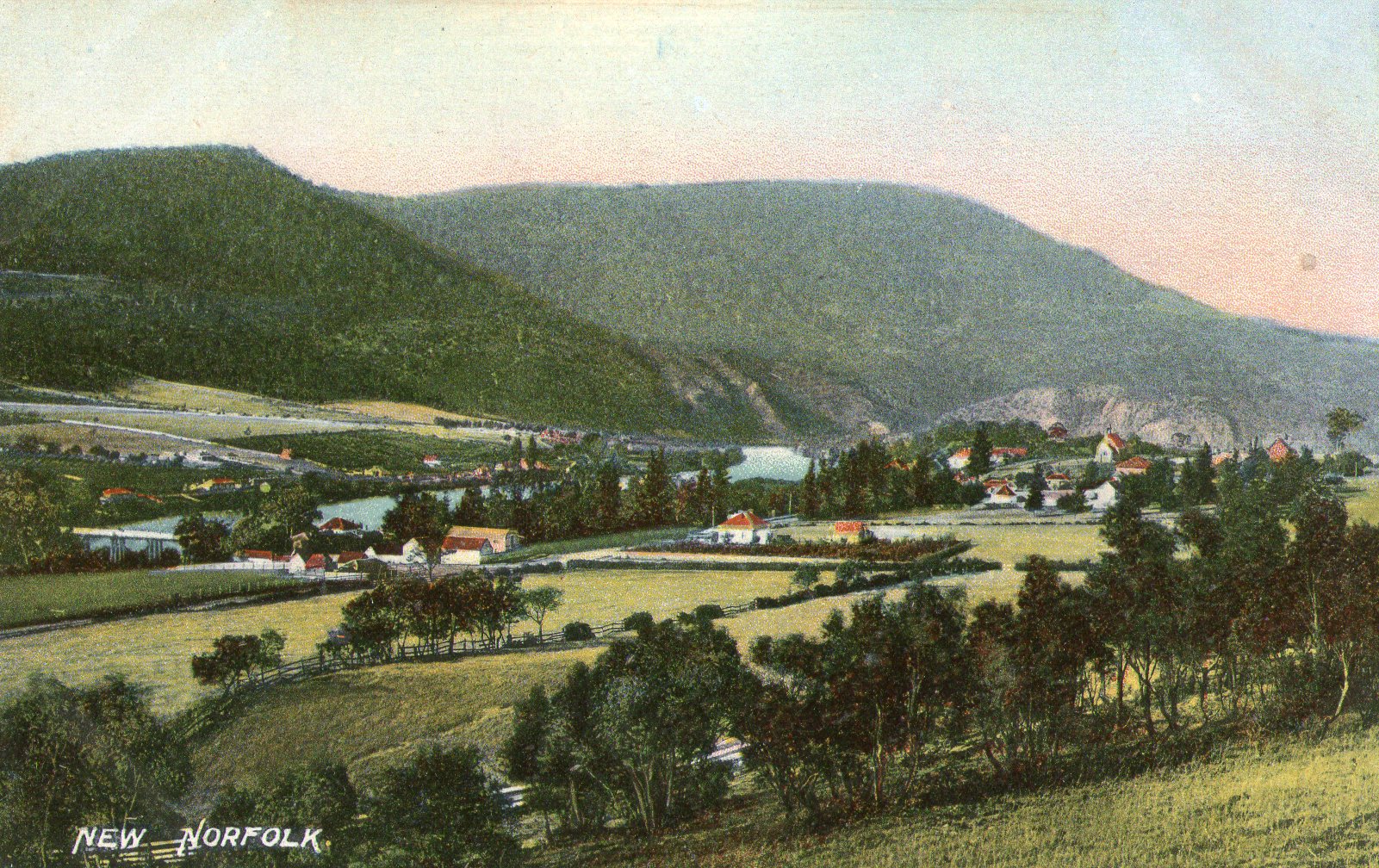




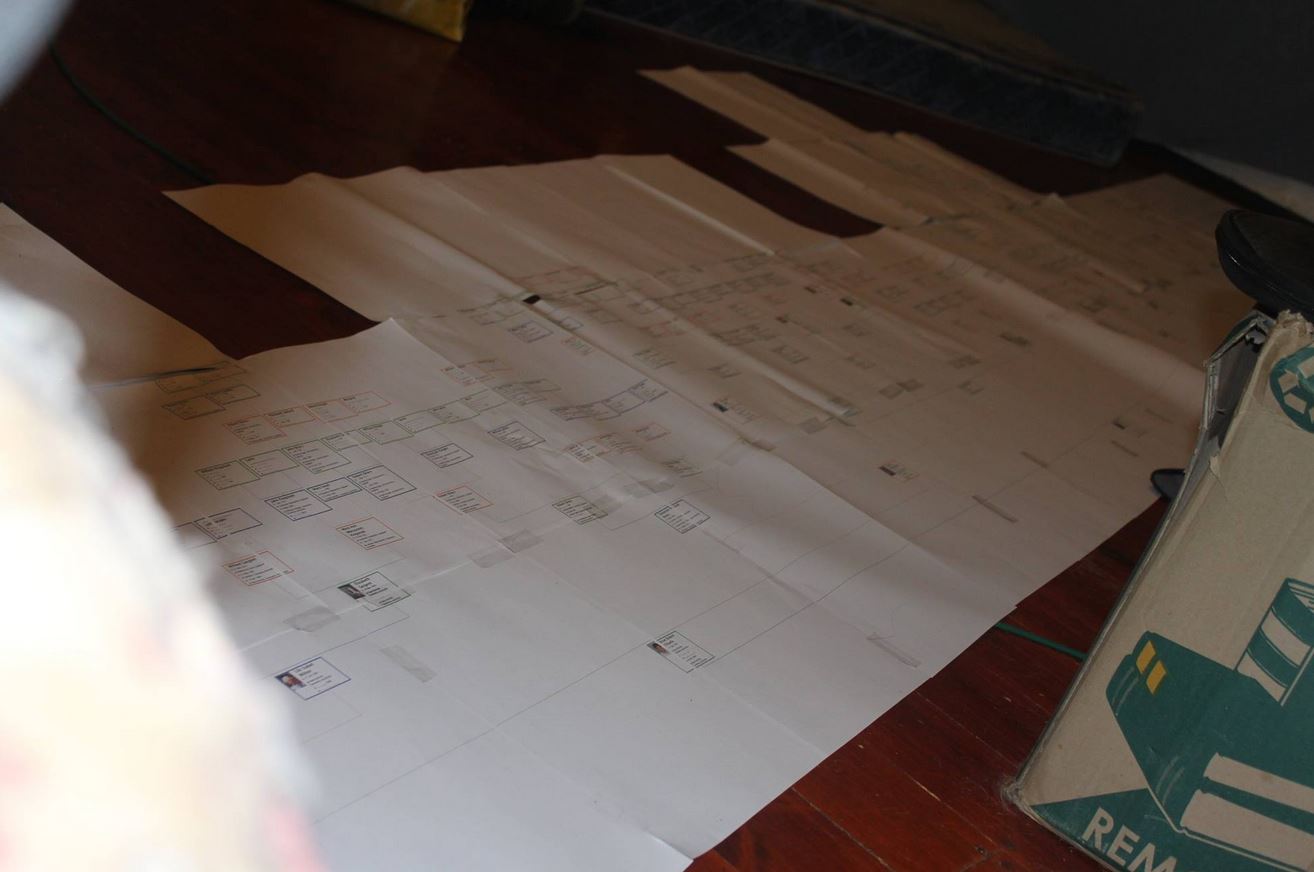



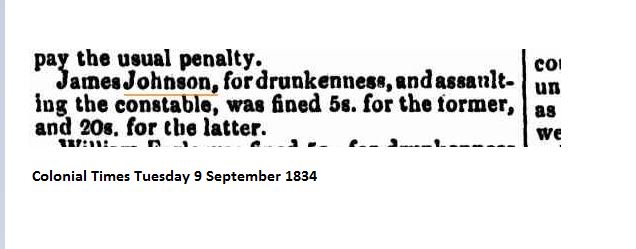
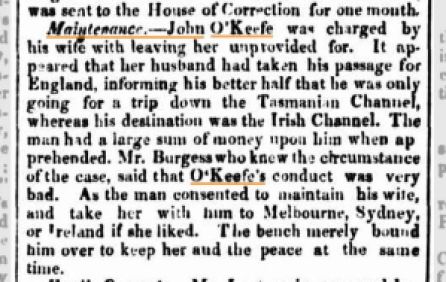
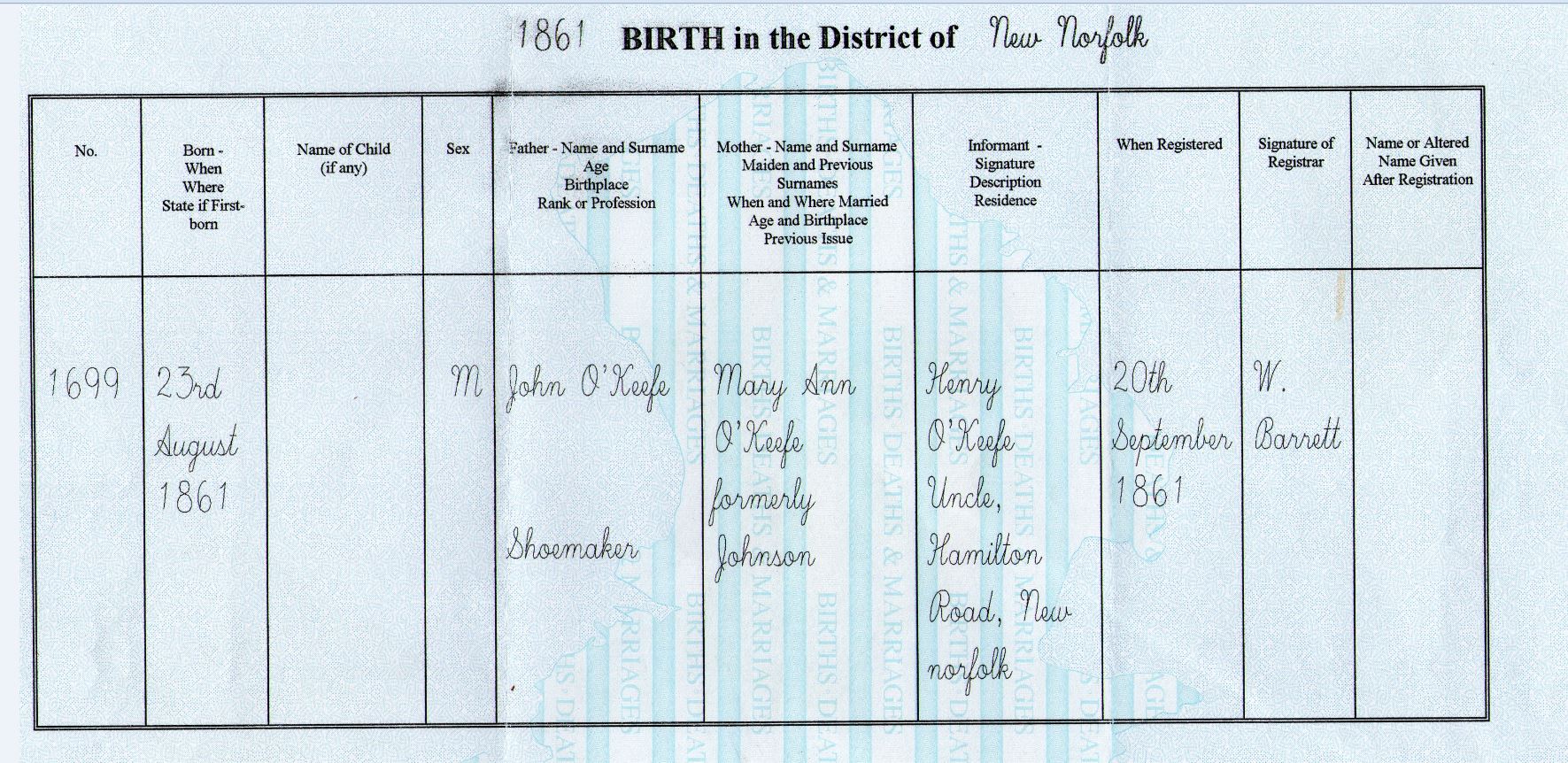




![By Detroit Publishing C (http://hdl.loc.gov/loc.pnp/ppmsc.08800) [Public domain], via Wikimedia Commons](https://historybylarzus.files.wordpress.com/2015/02/gosportharbour.jpg?w=300&resize=300%2C218)





![By Patrick Weston Joyce [Public domain], via Wikimedia Commons](https://historybylarzus.files.wordpress.com/2015/01/baronies_of_limerick-2.jpg?w=300&resize=300%2C213)
![Athea Footbridge By Georgelangan (Own work) [CC BY-SA 3.0 (http://creativecommons.org/licenses/by-sa/3.0)], via Wikimedia Commons](https://historybylarzus.files.wordpress.com/2015/02/athea_footbridge_2007.jpg?w=300&resize=300%2C225)
